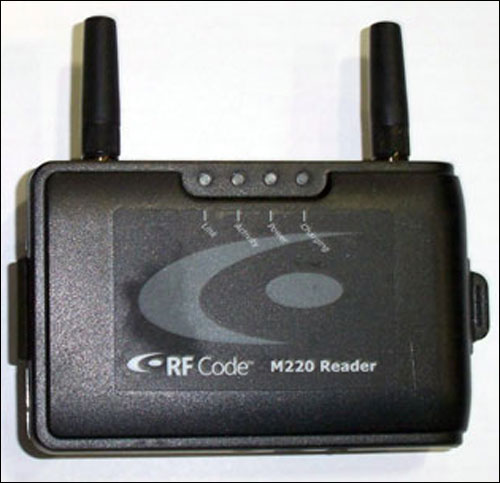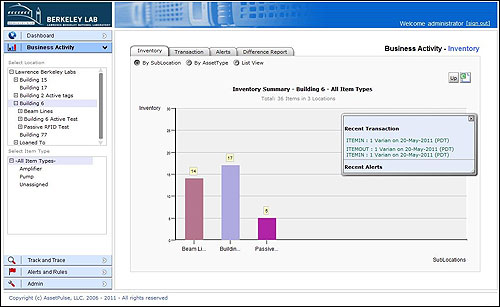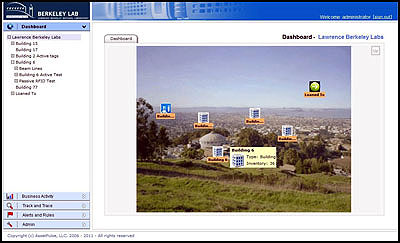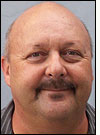Jul 22, 2011Advanced Light Source (ALS), at Lawrence Berkeley National Laboratory, is installing an active RFID tag solution from RF Code to track the 125 pieces of equipment that scientists and technicians utilize within various sections of the multiple-building facility. The system includes software provided and hosted by California asset-tracking software firm AssetPulse.
ALS is a laboratory that generates intense beams of invisible light for the purpose of scientific research. Light produced at that facility—in the X-ray region of the electromagnetic spectrum—is one billion times brighter than that of the Sun. The X-ray and ultraviolet beams are generated by bunches of electron traveling at nearly the speed of light, forced into a circular path by magnets and through tubes, to reach experiment end-stations. Scientists utilize this intense degree of light to conduct research in materials science, biology, chemistry, physics and the environmental sciences. ALS' technicians maintain the accelerator that generates that light. These technicians, as well as scientists, require a variety of tools—mostly vacuum pumps, along with spare parts for the accelerator—that they can borrow and then return to an ALS storage area.

During business hours, each technician provides his or her name before borrowing a piece of equipment from the ALS storage area, which is then recorded on an Excel spreadsheet. The technicians often work at night or outside of normal business hours, however, and at such times, these items can become missing until a technician returns them. Frank Zucca, ALS' senior mechanical engineering technical associate, is responsible for managing the equipment. Previously, he sent staff members throughout the labs once annually, in order to locate all missing equipment. That, he says, could require a three-day project for him and approximately three other employees.
To make that inventory process faster, and to achieve greater visibility into the locations of tools throughout the year, ALS decided to try several options. The team began working with AssetPulse, which provides RFID system software and installs a variety of RFID hardware solutions for tracking assets. The use of RFID at ALS would be challenging, however, says Sujatha Bodapati, AssetPulse' CEO and founder, due to the high volume of metal within the facility. "It's a very RFID-hostile environment," she explains. "There is a great deal of metal." In fact, some of the equipment is covered with a thick layer of aluminum. This equipment, Zucca says, is used to assemble the tubes—known as beam lines, through which light travels—as well as other parts of the accelerator, which require an ultra-high vacuum. To achieve such a vacuum, the beam lines must be heated, and aluminum foil is used to hold heat within the beam line and the tools during this process. In some cases, the RFID tags would need to be covered with the foil wrapped around the equipment.
The active solution consisted of a single reader and an antenna, installed in the same doorway leading into and out of the storage area.
In both the passive and active tag pilots, Zucca says, he asked his staff to hide the equipment, after which he searched for those items using an RFID interrogator. A handheld passive reader was used for the UHF tags, while another RF Code handheld was utilized for the active tags.
In the case of the passive system, Zucca says, users had to come within about 10 feet in order to read a tag, which required that they walk through each laboratory. In some cases, he notes, ALS' employees are not permitted in every laboratory, so such a solution was inadequate.
The active RF Code system fared better, because tags could be read at a distance of approximately 100 feet, even when covered with aluminum foil. In fact, Zucca says, the tag IDs could be read through walls by the handheld device, which meant a user could walk down a hallway and capture reads from equipment located within the laboratories, without having to pass through any doors. With the active solution, Zucca says, he alone was able to locate all 30 items within about a half-hour.
ALS is now in the process of applying active RFID tags to all of its equipment—the lab is beginning with its 125 vacuum pumps, and will then also tag spare parts for the accelerator, for storage in an off-site warehouse. In this case, the handheld reader can be used to quickly identify necessary tools within the warehouse, or to conduct inventory checks.

AssetPulse manages the tag-read data on its hosted server, which ALS can then access for a monthly fee. (The company can also provide the solution with its software integrated into a user's own back-end system, Bodapati says.) The hosted AssetPulse software enables ALS to track the dates on which each piece of equipment was checked out and returned, as well as when that item was maintained or inspected. The system sends alerts via e-mail to ALS' staff, indicating, for instance, that an item has been checked out for an extensive time, or that it is due for inspection or service.
The greatest challenge with active technology, Bodapati says, involved using an active reader at a doorway portal (since, as she points out, active RFID tags do not typically lend themselves to portal readers due to their read range being considerably longer than the width of a typical portal). In this case, because of the long read range, the system was designed to update an item's status as checked out or returned, based on whether it has left the active interrogator's read range. AssetPulse tuned the portal reader's antenna to read within as short a range as possible, Zucca indicates, in order to provide accurate data regarding when an item has left the storage area.
"I'm satisfied this technology has solved all our problems [related to asset management]," Zucca states.




